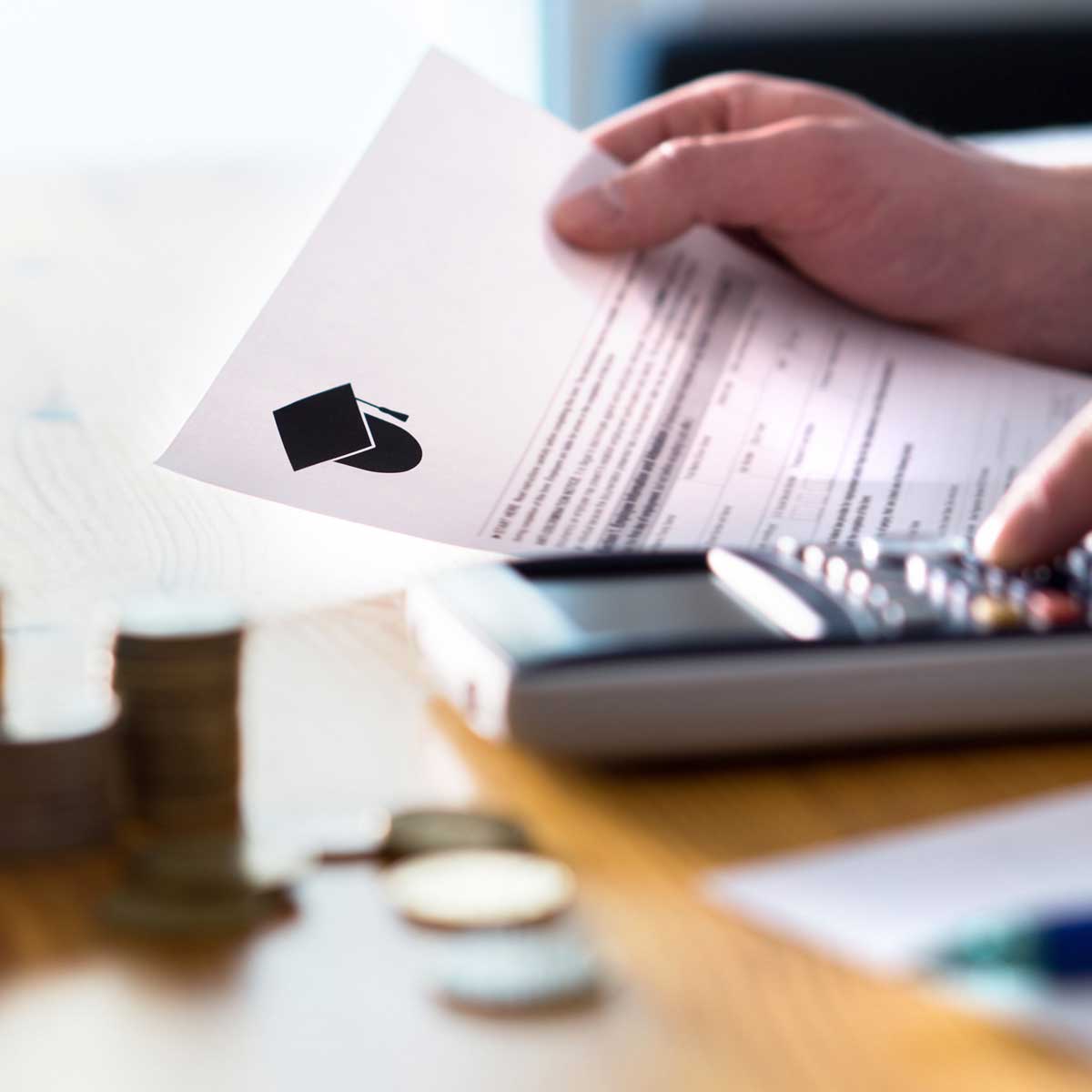This website uses cookies so that we can provide you with the best user experience possible. Cookie information is stored in your browser and performs functions such as recognising you when you return to our website and helping our team to understand which sections of the website you find most interesting and useful.
Improving your For-profit Institutions’ Cohort Default Rate after Loan Forgiveness

Prior to President Biden’s student loan forgiveness and payment extension announcement, the Department of Education stated it would help eliminate the impact of past defaulted student loans and allow students to reenter repayment in “good standing.” In addition to loan forgiveness, the President’s announcement included a cap on student loan payments equivalent to 5% of borrowers’ monthly discretionary income (currently 10%) and changes to the Public Service Loan Forgiveness (PSLF) program. This relief and student loan forgiveness can offer educational institutions the chance to rehabilitate previously defaulted loans.
The recent release of the student loan forgiveness application has started the process. While legal challenges and other obstacles could be ahead, this can help institutions with improving their cohort default rate.
Loan Forgiveness
The outstanding student loan debt averages around $36,000, held by approximately 45 million people. The Department of Education estimates that loan forgiveness could fully eliminate loan balances for nearly 20 million borrowers, reducing the number of students included in an institution’s loan cohort.
The Fresh Start Program
Alluded to above, students who previously defaulted on their student loans can enroll in the Fresh Start Program to eliminate the impact of past defaulted student loans and allow them to reenter repayment in “good standing.” Students can contact their loan servicer to enroll, as the program is not automatic. Borrowers then have one year to make payment arrangements before defaulting on their student loans.
Further, students can include payments that weren’t required and count them toward the mandatory nine payments over 10 months. If a student doesn’t know who holds their loans, they can reach out to the Department of Education Debt Resolution Group here.
These initiatives combined will offer schools a chance to rehabilitate previously defaulted loans that are affecting your institution’s cohort default rate. It will also provide the ability to offer financial aid to previously defaulted borrowers and give students a chance to rehabilitate loans to have a clearer financial future.
To discuss the impact of these changes on your institution with a Title IV expert, please contact our team.
This publication contains general information only and Sikich is not, by means of this publication, rendering accounting, business, financial, investment, legal, tax, or any other professional advice or services. This publication is not a substitute for such professional advice or services, nor should you use it as a basis for any decision, action or omission that may affect you or your business. Before making any decision, taking any action or omitting an action that may affect you or your business, you should consult a qualified professional advisor. In addition, this publication may contain certain content generated by an artificial intelligence (AI) language model. You acknowledge that Sikich shall not be responsible for any loss sustained by you or any person who relies on this publication.




